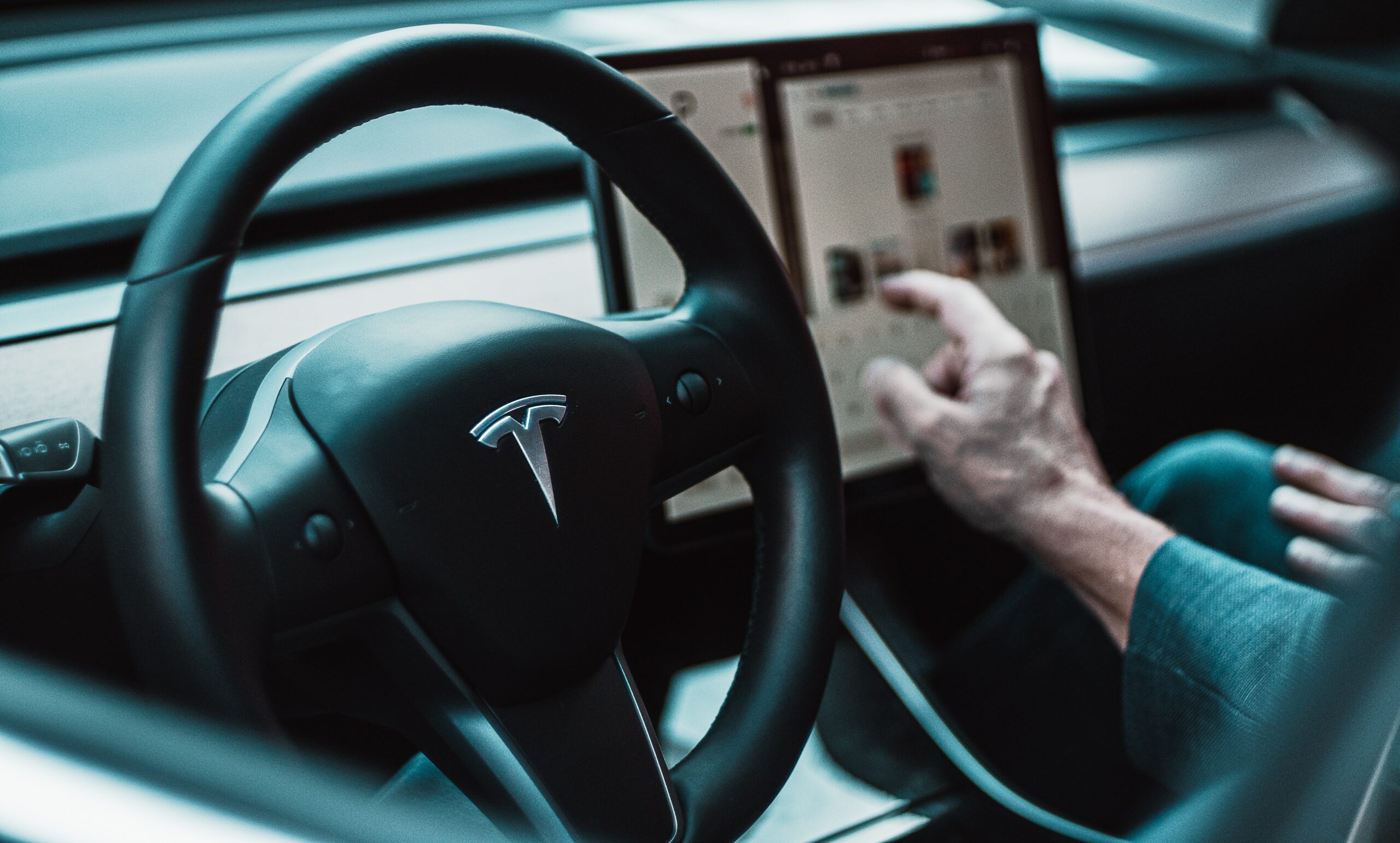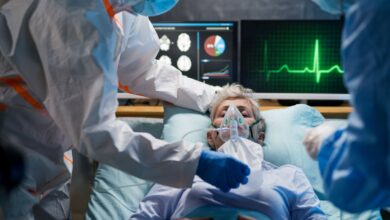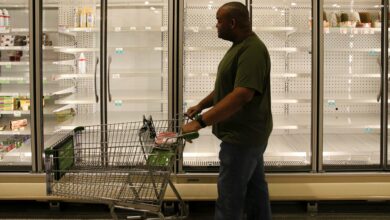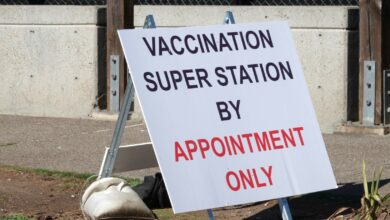A
A
A
As COVID-19 wreaks havoc on the world and healthcare systems, the availability of ventilators for critically ill patients comes to the forefront of the issue. Patients who are being treated for the respiratory virus have inflammation in the lungs that makes it difficult to breathe, and ventilators keep the lungs open while providing the oxygen that is need to sustain life. A shortage of ventilator systems translates into a medical community that may have to make difficult choices between life and death for some of the most critical. Several car manufacturers, including Ford, General Motors, and Tesla, have taken up the cause by transitioning resources to build ventilator equipment. Known for its ingenuity, exceptional engineering, and top-notch quality standards, Tesla is using a unique approach to the problem.
Protecting and Maximizing the Supply Chain
Read More »
Rather than stressing an already overburdened medical parts supply chain, the company has decided to invest its engineering and technology resources into creating a ventilator design that relies on a combination of car parts and medical components. The automaker is also focusing on automobile parts that are known to be readily available to preserve production capacity. This approach protects the supply of medical parts for other manufacturers while potentially increasing the output of ventilator equipment in the United States.
Engineering a Ventilator for COVID-19
As with most avenues in the company, the engineers are taking a very methodical approach to the production of ventilator equipment. They are looking at every component of their vehicles to find ways to incorporate them into medically-sound breathing equipment for critically ill patients. The impressive computer and display from the automaker’s infotainment system is being considered as the controller and touchscreen user interface. Parts of the suspension, such as the air tank and pressure regulator, may be converted to mix the oxygen that is delivered to patients. Given their history of innovation and quality control, the automaker appears to be on a good, solid path.
Quality Parts Equate to Ventilator Systems That Save Lives
Above and beyond what the engineering minds of the automaker may design for patients, the quality of the automaker’s parts must also be considered as a contributing factor to this cause. The automaker has built their unique cars from the ground up, and they have an intimate understanding of each component, including the quality standards by which their suppliers must produce the parts. This level of assurance increases the likelihood of the automaker producing not only innovative ventilator equipment, but also ones that are easy to use and maintain for hospital medical staff, but also reliable and efficient.
Next Steps for the Ventilator
As the engineers continue to work towards a viable alternative to traditional ventilator systems during the pandemic, they still have a few more steps once the design is finalized and tested. Medical experts need to be involved in the process at some point, including those who deal with respiratory conditions and supportive equipment. Ventilator systems are also subject to the same regulatory process regardless of the pandemic, so the automaker will have to get FDA approval on the new design. While the FDA is not dismissing all requirements, it has announced that some guidelines may be eased due to the public health crises and critical shortage of ventilator systems.
Timeline for the New Ventilator Design
When the automaker will be ready for those next steps remains unknown, but the company is dedicated to doing all it can to help patients and the healthcare community. Beyond the viability of the ventilator design and manufacturing, it is worth noting that the company is taking a balanced approach to the problem. They are considering the ripple effect within the medical equipment industry of ordering parts for their ventilator design, as well as the sustainability of garnering car parts for their own design. This demonstrates that the engineers at the automaker are considering the upstream and downstream effects of their decisions and designs, much as they do with their automobiles.






